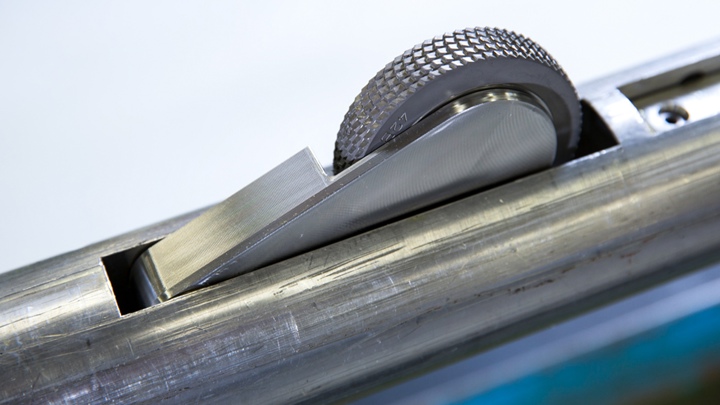
Well type
Oil producer
Max. temperature
270°F
Pressure
5,000 psi
Deviation
93.1°
Distance tractored
10,534 ft
Location
USA
A client in North Dakota had issues cycling open some toe valves in order to pump down the guns required to initiate the frac operation. Subsequently, they called upon Welltec® to convey the guns on the Well Tractor.
Owing to the well geometry, however, there were initial concerns about making it to the target depth or encountering debris before reaching the required depth. With the frac operation scheduled only a week out, the timing was critical. Fast planning was needed to ensure Welltec could reach target depth based on well geometry, friction, dogleg severity and the necessary tractor force. Otherwise, the client would need to reach for coiled tubing.
After performing extensive job simulations using several different well scenarios, Welltec mobilized to location. A Well Tractor 318 with three-wheel sections was determined to have adequate force to convey the perf guns to the target depth. Proper job planning also took into consideration expected temperature of 270°F, friction forces, weak point rating and other parameters required to ensure high service quality for this long lateral. Additionally, a reverse circulating bit (Well Cleaner® RCB) was brought to location as a contingency option if debris was encountered that prevented the tool string from reaching target depth.
After successful tool checks, the tool string was rigged up inside the lubricator. Once dropped past the heel on gravity the Well Tractor was powered up and the gun string was successfully conveyed ~ 11,000 ft through the horizontal section to the target depth of > 21,000 ft. After correlation, six guns were selectively fired and the tool string was pulled to the surface. After rigging down, the client was now able to pump into the well and initiate the frac job.
From rig up to rig down, Welltec performed this job in less than 12 hours and delivered the service with limited notice for the call-out. In addition to the increased efficiency, the job was performed at a lower cost and utilized a much smaller equipment footprint and crew, reducing emissions and increasing safety.